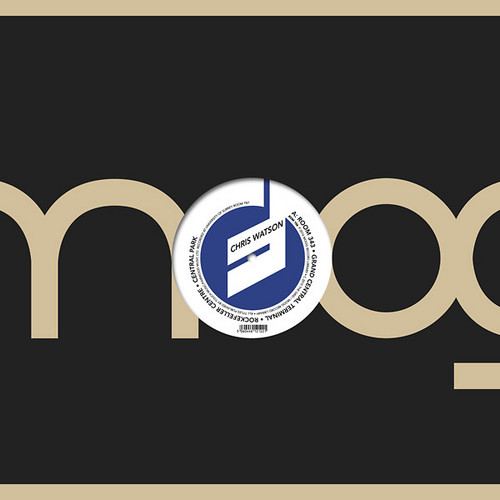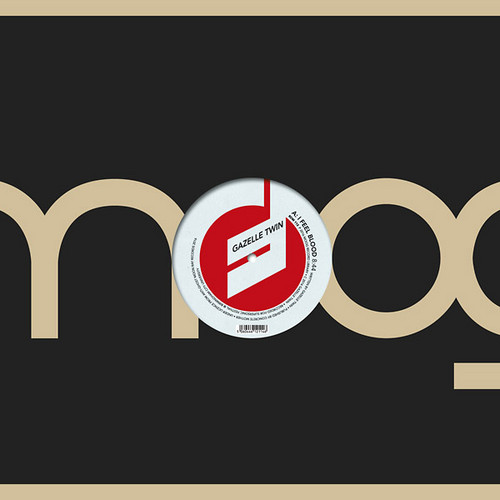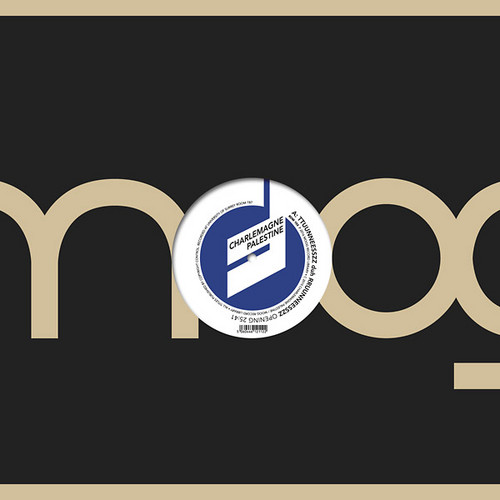★Moog Recordings Library
Locations, Processed (Blue TB7 Series) LP
Chris Watson, originally the keyboard player of Cabaret Voltaire, then a sound recordist for Tyne Tees Television and founder member of The Hafler Trio, is now perhaps best known for his BAFTA-winning location recording for David Attenborough, Birdwatch, Tweet Of The Day, and range of BBC Radio programs. Here, Chris creates an all new sound journey in honor of Bob Moog via a series of his own location recordings, subtlety processed through The Moog Sound Lab's System 55. Almost a return to the p…
I Feel Blood/Exorcise (ACE 236 Series)
Gazelle Twin were originally invited as part of the Supersonic Festival 2015 curation of the Moog Sound Lab satellite sessions at Birmingham City University. The Twin returned to the lab during its residency later that year at London's Ace Hotel for a consecutive six-day session in August, invited artists Moog'd, wined, dined, slept, and dreamt in room 236. On tap 24/7 -- the entire Moog Sound Lab, along with a Brion Gysin's Dream Machine and a small library of associated books and user manuals.…
Interrvallissphereee (Blue TB7 Series) LP
Charlemagne Palestine first started using electronic instruments in his music in the late 1960s. Palestine on the release: "Electronic instruments were very rare and exotic in the 1960s.There were Moogs around New York but they were only in universities who preciously guarded them from us young composers. So after all this time visiting The Moog Sound Lab is like a dream come true for me... to have so many oscillators all singing together is a truly beautiful experience. I am so glad I am still …
Ttuunneesszz Duh Rruunneesszz (Blue TB7 Series) LP
Charlemagne Palestine first started using electronic instruments in his music in the late 1960s. Palestine on the release: "Electronic instruments were very rare and exotic in the 1960s.There were Moogs around New York but they were only in universities who preciously guarded them from us young composers. So after all this time visiting The Moog Sound Lab is like a dream come true for me... to have so many oscillators all singing together is a truly beautiful experience. I am so glad I am still …
Lydspor One & Two (Blue TB7 Series) LP
LP version. Mika Vainio visited the Moog Sound-Lab in April 2015. He made one his last known solo studio recordings in the form of two vinyl-sized, side-long pieces entitled Lydspor, Danish for "soundtrack". Mika worked almost exclusively with the lab's Moog Modular System 55. This UK sound-lab instrument is the sole prototype model (containing several golden filters) of Moog's sold-out reverse-engineered edition (only 55 units) recreating the 1970s classic. On completion of his sessions Mika an…
The Replicant Dream Sequence (Blue PA14 Series) LP
LP version. Hieroglyphic Being, aka Jamal Moss, visited the Moog Sound Lab towards the end of 2016. Testing the lab through his prismatic rhythmic cubism meets synth expressionism methodology. 21st century Afro-futurism to the max. Both parties expressed their satisfaction with the encounter. Eldon Tyrell on the recordings: "I believe Bob Moog was (in the late 20th century) creating his modular system 55 synthesiser for artists yet to come... artists like Jamal Moss."Moog Recordings Library is n…





